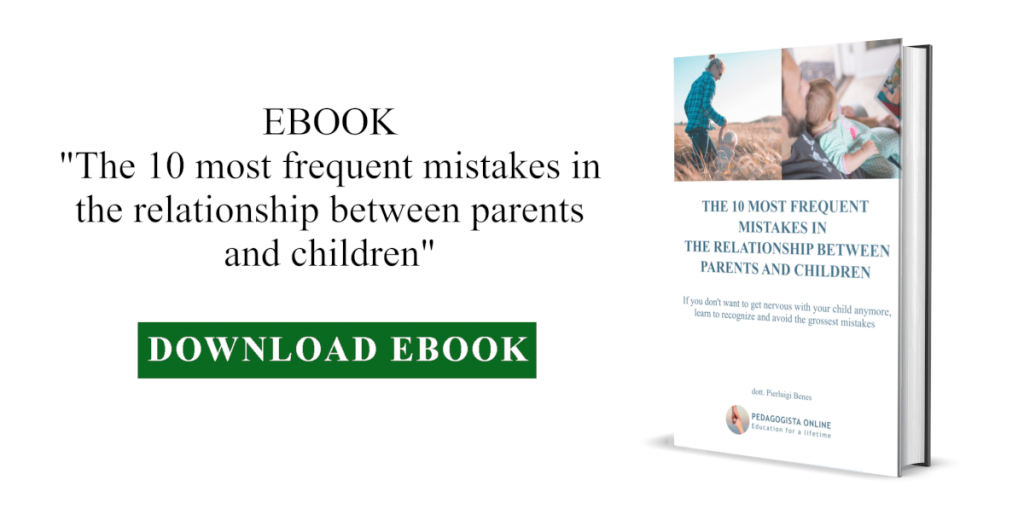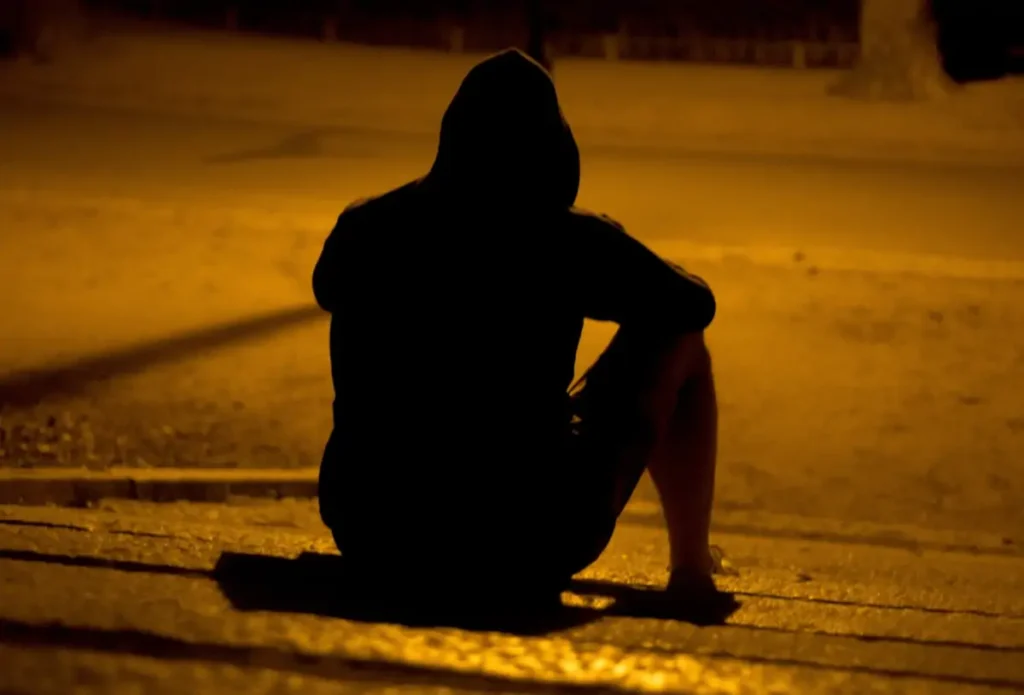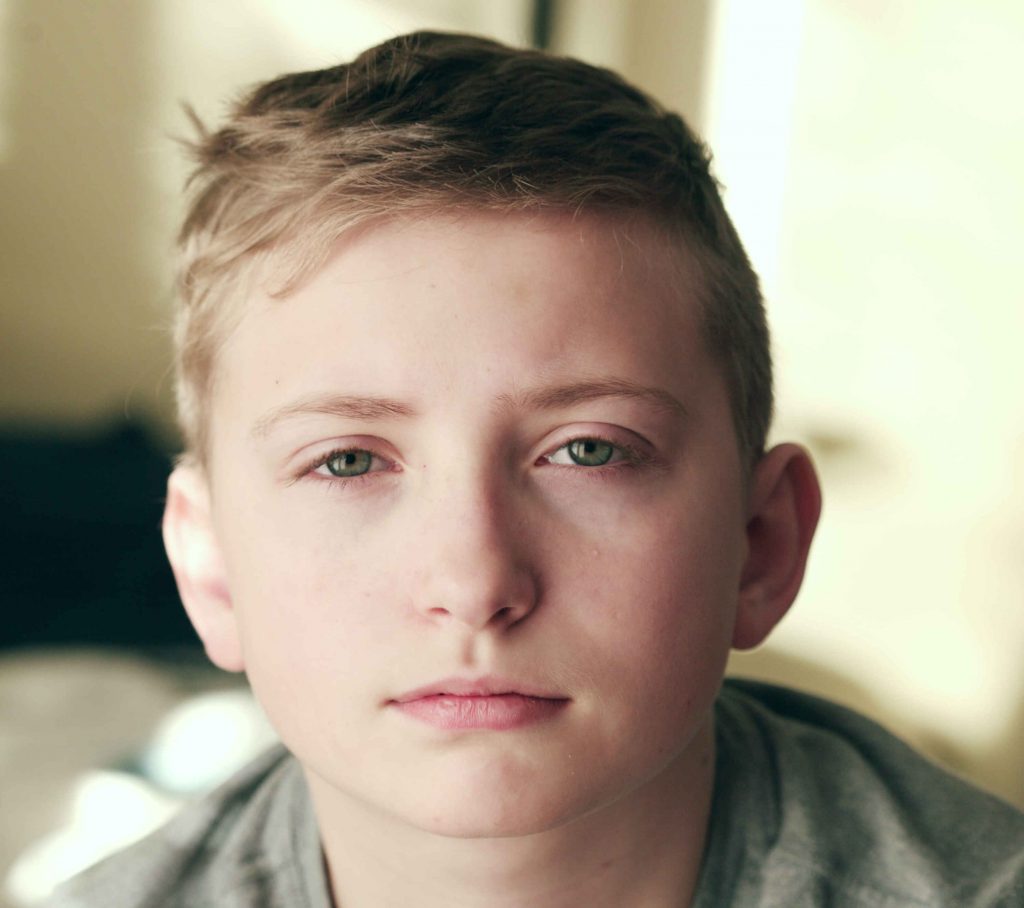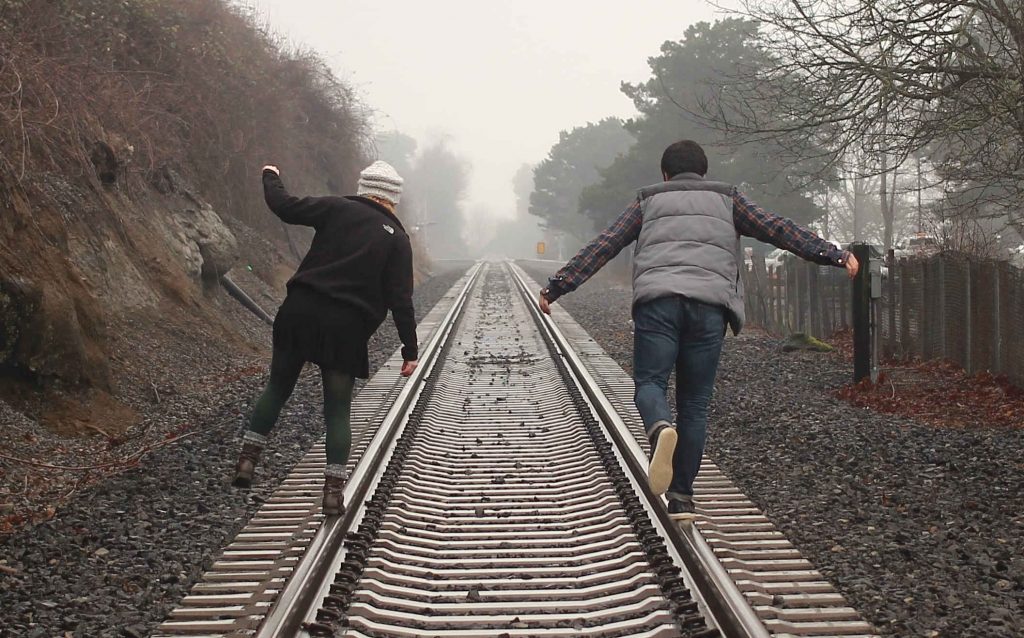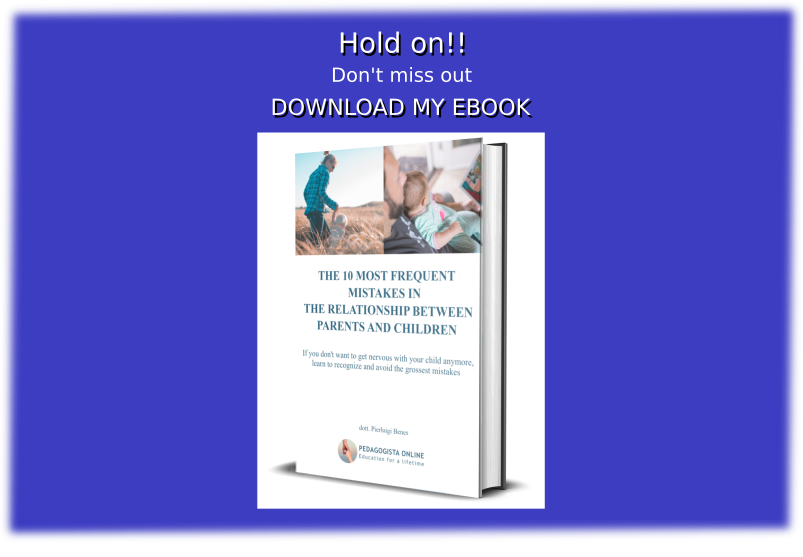As everyone knows, bullying is a rather heavy phenomenon to endure. The victim of bullying live in an extremely disadvantaged position that bullies exploit daily to unleash their own aggression. I believe that everyone has experienced something similar, even indirectly.
I’m not talking about a quarrel between kids, I’m talking about actions of violence or systematic oppression against someone who is in a fragile condition. And I’m not just referring to the teenage world, but to all areas where someone is subjected or subordinate to another and experiences oppression.
However, not everyone has a clear idea of what it is, so I will now delve into what bullying means, its causes and effects, and explain the forms that this phenomenon can take in society and how to prevent it.
1. What bullying means
Let’s start by explaining in simple words what bullying means. It is a form of aggressive behavior exercised repeatedly by one person towards another, who is chosen as the target of attacks. If you want more specific details, you can find a very accurate definition here.
It is very common to read about such episodes among young people, especially in school environments, but thinking that bullying only occurs in this context is a mistake; bullying often occurs in other contexts, such as the workplace, sports, or even within families.
In essence, bullying is aggressive behavior based on intimidation of a person perceived as weaker; in some circumstances, these behaviors even escalate to such serious episodes as to constitute a crime, both of a criminal (violence, injuries, etc.) and patrimonial nature (theft, damage, etc.).
Except for cyberbullying, there is no specific law in Italy to combat bullying, despite what is provided for by civil and criminal law. However, the great media echo of certain episodes is creating a wide debate on the issue of youth bullying. This is raising a discussion on the need or not to intervene with a specific law to counter this phenomenon.
I don’t know if a law will be passed, but frankly, I don’t think it’s essential. First, because these forms of violence involve all spheres of a person’s life and not just young people, and second, because a law is not enough by itself to effectively reduce the causes of this phenomenon of aggression in people’s lives if there are no widespread behaviors in local communities capable of defusing blackmail dynamics.
When you finish reading this post, you will probably have a clear understanding of the reasons.
2. Bullying causes
As I’ve already told you, bullying is not a phenomenon that only concerns young people; repeated aggression towards vulnerable individuals happens in all areas of life, at any age. Therefore, it’s important not to focus only on young people.
Forms of aggression of this type don’t have a single cause, but are generated by a broad and complex set of triggering factors, many of which are still under study. However, from experience, I know that bullying also follows some patterns of factors of any other phenomenon of violence.
To give you a very clear idea about the causes of the phenomenon, I use a metaphor; bullying arises from something similar to what in the field of fire safety is called fire triangle. Fuel, oxidizer, and ignition source are the elements that generate a fire; now try to think the same thing in terms of human dynamics as follows:
- Individual aspects: they represent the fuel, the material capable of igniting; if there’s fuel, there’s a risk of fire, otherwise not. Predisposing individual aspects have to do with aggression management and lack of self-control; some people are more predisposed than others, even simply because of having had rather stormy childhood and family experiences. The less a person is capable of self-control, the more they are subject to aggressive reactions to frustrations.
- Family aspects: represent the oxidizer, the substance capable of “oxidizing” the fuel. If in the family there is a poor habit of transmitting the example of acceptable adaptive behaviors (or «coping»), a child who is already fragile, aggressive, or lacking in good self-control, cannot develop a good ability to face their frustration adaptively. Not having been accustomed to expressing their difficulties in an acceptable way increases the possibility that they will pour their aggression onto others.
- Social aspects: they represent the trigger of latent aggression phenomena. If a person’s life context (relatives, school, peers, work, sports…) is particularly degraded, for example, it’s made up of educational, affective, work, or economic poverty, violence, or oppression, then there’s a much greater likelihood that strong frustrations will arise around them. If the person subject to these high frustrations is fragile, it’s possible that they will react with aggressive and violent behaviors, such as bullying.
3. Bullying effects
When the three components I just talked to you about occur simultaneously, aggressive effects such as bullying are produced. The effects of bullying are felt in many ways, both in the people directly involved (victim and bully) and in the entire community where these phenomena occur.
Let’s start with the most evident effect, which concerns the victim‘s life. Those who are subject to bullying are in the condition of daily suffering from abuse and intimidation, with forms of both physical and psychological aggression.
All this inevitably generates a feeling of helplessness in the victim, who cannot find a way to escape the “bullying” circuit. In fact, the fear of the consequences of rebellion drives the victim to undergo all kinds of aggression. In addition to physical and material damage, this inevitably has a very negative impact on their self-esteem, as the person does not feel effective. Furthermore, undergoing a bullying situation can also harm a person’s mental health, leading to phenomena such as depression, anxiety, eating disorders, insomnia, or other issues.
A less evident but equally serious effect is on the bully themselves. A person used to dominating others with violence continues to repeat the same behaviors every time they are allowed to do so.
This aspect creates discomfort not only for their victims but also for the bully themselves because that person is unable to learn how to manage their aggressiveness in an adaptive way or establish positive relationships with others. In social terms, this has rather high costs and effects, as it may result in the emergence of actual criminal behavior.
One last effect that I want to point out concerns the conditions of the community where these episodes occur with a certain frequency. Bullying phenomena are generated within contexts of impunity, and simultaneously they fuel that situation of impunity, until some intervention is activated to reverse the trend.
Before explaining how to prevent or interrupt these phenomena, I want to better explain to you what the typical behaviors of bullying are.
4. Bullying behaviors
To understand the behaviors and dynamics that take place in episodes of bullying, it is first necessary to know all the subjects involved.
Some we have already seen: the bully and the victim. The former is the one who feels strong and commits aggressive and violent acts towards other people. The latter is the one who feels weaker than the bully and suffers their attacks without being able to defend themselves or ask for help from someone. However, there are not only them, there are also other subjects who can be generically defined as “spectators”.
These are people who are involved in some way, directly or indirectly, in the dynamic between bully and victim. For example, those who witness episodes of violence, or those who actively participate in them.
Among the latter, there are those who participate in violence because they perceive the bully’s ascendancy and feel compelled to act with violence in turn, and those who encourage the bully to be even more aggressive towards their victims.
Instead, among the witnesses there are essentially two possible roles: on the one hand, those who defend the victim, or even just support them and try to help them get out of the bullying situation; on the other hand, those who pretend not to see the violence. This last category often represents a factor that amplifies the violence, because these people feed the bully’s sense of omnipotence.
As you can easily understand, bullying has a very strong social dimension; the more the social context pushes the bully to attack, the more the aggressions increase in number and intensity.
Now that you have understood which roles are created in these situations, it will be easy for you to understand which dynamics are generated in certain moments. These are aggressive behaviors of physical types, such as beatings, injuries, or damage, but also psychological ones, such as intimidation and oppression. The peculiarity of these aggressions depends on the continuity of the attacks, but also on the condition of isolation in which the victim finds themselves.
5. Bullying forms
Now that we have understood what bullying is, we can reflect on the different forms it takes in people’s lives, from childhood to adulthood.
The most emblematic example is youth bullying, which is perpetrated in schools or city neighborhoods by children and teenagers against their peers. These are situations in which a small group of boys targets a schoolmate daily with insults, blackmail, physical and verbal aggression.
It is important not to confuse a fight among children or teenagers with an act of bullying because they are two different things. In fact, it may happen that an argument between children or teenagers degenerates into a fight, with pushes and insults. In most cases, these situations are not worrying and can be handled very easily by responsible adults (teachers, parents).
When these episodes occur persistently against vulnerable subjects, then the situation is certainly more alarming and should be monitored. Sometimes, in fact, these situations are repeated systematically in some areas, with even very serious scenes of violence and can lead to phenomena of petty crime.
Nowadays, youth bullying also occurs on the web, where it is called cyberbullying. The kids are approached by peers through chats and here they perpetrate the usual intimidation attacks.
Additionally, bullying can take many other forms. Elder abuse, for instance, is one of them and is the form that bullying takes in some specific contexts where the closeness between people is very strong, such as in community life: the barracks, a community for minors, or a work environment.
In the workplace, the most “modern” form of bullying is represented by the phenomenon of mobbing, through which a worker is exploited beyond any reasonable limit by their superiors and isolated from the rest of their colleagues. It is always a form of aggression and coercion against a weaker subject due to a matter of subordination.
Family is not always immune to bullying phenomena. The couple, for example, can be the place where one of the two partners pours his aggression onto the other, because he feels in a position of strength and uses it to force the other to submit to his own decisions. Up to the episodes of violence that we read in the news (femicide, etc.).
Finally, there is the so-called “upward bullying,” which is the regime of subordination that, in some situations, parents suffer from their children. It involves children and teenagers who feel omnipotent and impose their choices on their parents from an early age. I elaborate on one of these cases well in my novel Being a parent nowadays.
I will now tell you about my professional experience dealing with bullying episodes, and then we will draw conclusions from the speech and explain what can be done concretely to prevent bullying situations at all levels.
6. Bullying stories
One of the first jobs I had after university was as an educator in the boarding school of a vocational training center. I worked with teenagers who were learning a trade after middle school. It was a highly sought-after school and the students came from very far away cities, so they stayed in the boarding school all week. My job was to assist them in the evenings, manage a group, and help them with their studies.
Those were young people with significant difficulties in learning, behavior, and relationships with others, so they were very complex groups. Naturally, it was fertile ground for bullying phenomena, as all the conditions of the “fire triangle” were present: good fuel (difficult boys, at high concentration), oxidizer (poorly prepared staff), and ignition sources (an organization that was poorly structured to accommodate these boys).
I spent my days “defusing” situations. Then over time, some colleagues and I were able to prevent most of the violent incidents. One evening, however, I caught a group forcing a boy with significant learning difficulties to stay naked in the middle of the room while he was insulted.
Fortunately, I was able to intervene in time to prevent an escalation, immediately identifying the culprits and making sure they answered for what they had done. I made sure that the school administration took action, not just with disciplinary action but by activating a project that would sensitize the aggressors to the victim’s conditions of distress.
I insisted that the culprits make amends for the damage done, making themselves available to the fragile boy for a period of time to provide him with some of the help he needed. This served to defuse that type of bullying and make the victimized boy feel the protection of the school.
Let’s now draw conclusions and understand how to counter bullying phenomena in all the contexts in which they may occur.
7. Solution for bullying
As I have already said, to prevent bullying, widespread behavior in individual communities is needed that is suitable for not creating blackmail dynamics. If there are cases of bullying by some students in a class, it is necessary to identify the responsible individuals and create a context that does not trigger violent behavior.
There are many ways to intervene. The first is certainly observation; if I do not observe the behavior of the students with due caution, it is difficult for me to intervene effectively to resolve conflict or bullying situations.
When I went to those boys’ room at that specific moment, I did it because they were supposed to stop for a few minutes and instead, they did not return. I had no evidence of serious acts and could not criminalize the boys before seeing them commit illegal acts, but I knew that boy was subjected to some attacks, and the alarm bells immediately switched on in my head.
Another essential aspect for preventing bullying, especially in youth environments, is to create conditions so that all young people (from school, the neighborhood…) have the opportunity to have experiences in which they feel effective and fulfilled.
Schools and territories are very often lacking in initiatives suitable for stimulating young people; as for neighborhoods, it is much more frequent that local politics is oriented towards controlling young people rather than involving them. This represents a huge strategic mistake by politics and, in fact, it does not solve the problem of bullying and juvenile delinquency.
In addition to this, there are, of course, training courses for young people, parents, and operators, with which to sensitize the population as much as possible to detect the factors that indicate the presence of bullying behavior. However, the most important thing is that the training is very concrete, that is, it provides tools for observing the phenomenon and intervening effectively in its solution (role-playing, problem-solving techniques, etc.).
One last aspect that I want to point out concerns the condition of being in episodes of aggressiveness such as bullying, mobbing, or other situations of subordination of a fragile person towards a bully. I learned it as a child at school and found it again as an adult at work: bullying and mobbing exist if you suffer from them; if you do not suffer from them, they deflate. Let me explain better. The bully feels excitement in hurting a person; if he does not see pain and suffering, then he loses interest in his potential victim, and episodes of domination are reduced.




